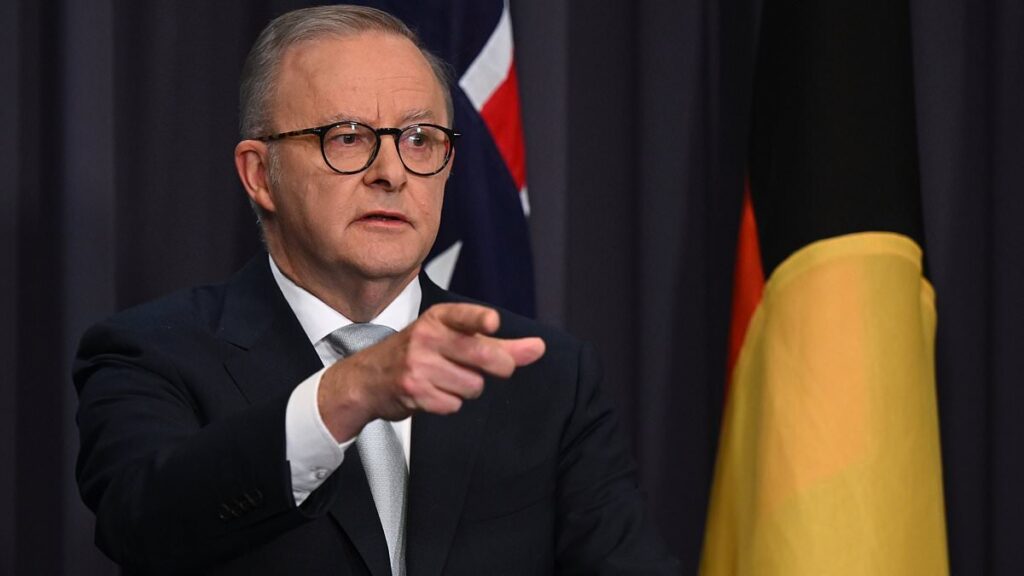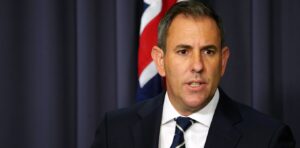
Australians will soon face a new reality when accessing the internet, as the Albanese government implements sweeping reforms requiring age verification. Starting December 27, major tech companies like Google and Microsoft must verify the ages of users logging in, marking a significant shift in how Australians interact with online content. This move follows the recent announcement of a social media ban for under-16s and aims to restrict children’s access to harmful content, including pornography.
The new regulations, passed last month, mandate that companies implement age-assurance technology or face fines of up to $50 million per breach. Potential methods for age verification include credit card checks, photo ID, facial age estimation, digital ID, or parental vouching, although specific systems have yet to be confirmed by the companies.
Implications for Tech Giants and Users
Under these new rules, search engines will filter content for users under 18, targeting topics such as pornography, violence, and eating disorders. Professor Lisa Given from RMIT’s School of Information Sciences explains that the code introduces a range of new rules impacting all users, not just minors.
For instance, providers must prevent autocomplete predictions that are sexually explicit or violent and prominently display crisis-prevention information, such as helplines, for queries related to self-harm, suicide, and eating disorders. Additionally, search engine providers will need to blur certain images by default to protect children from inadvertently accessing inappropriate material.
“Search engine providers will also have to blur some images in search results by default to reduce the risk of kids inadvertently accessing or being exposed to pornographic or violent material,” Professor Given noted.
Challenges and Concerns
Despite these measures, Professor Given raises concerns about privacy and the effectiveness of the regulations in protecting younger users. She highlights the potential for tech-savvy children to bypass age checks using methods like VPNs or logging in with an adult’s account.
“As people learn about the implications of this, we will likely see people stepping up and saying, wait a minute, why wasn’t I told that this was going to happen?” she remarked.
eSafety Commissioner Julie Inman Grant emphasized the importance of a “layered safety approach,” which includes these new provisions working alongside age restrictions on apps and devices. This approach aims to create a comprehensive safety net for young internet users.
“These provisions will serve as a bulwark and operate in lock step with the new social media age limits,” she stated.
Future of Internet Access in Australia
The introduction of mandatory age verification for search engines and social media platforms may be just the beginning. Other sectors, such as app stores, messaging services, pornography sites, and gambling companies, are also preparing for similar regulations.
Professor Given expressed concern over Australia’s trajectory towards implementing age assurance for all internet access, citing significant privacy issues. This development could set a precedent for other countries considering similar measures.
“This is very much the new reality, and I think there are significant privacy concerns here,” she said.
As the December deadline approaches, Australians and tech companies alike are bracing for the impact of these unprecedented regulations. The effectiveness and acceptance of these measures will likely be closely monitored, potentially influencing global internet governance policies.






